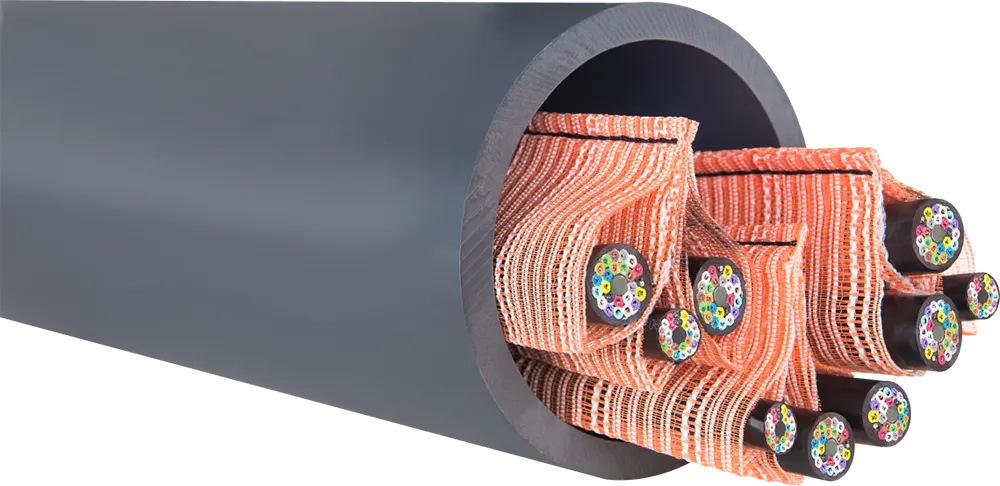Clearview Traffic Group is using Traffex to launch its new Astucia Flush Intelligent Road Studs and the newly updated Solar Powered Logging Studs.
February 2, 2012
Read time: 1 min

The new upgraded road stud is now bi-directional with each direction independently controlled and/or coloured. Thanks to the reduced depth of the stud, it now sits better in the road and also reduces installation costs and time. IP68-rated cable connections on each stud ensure longevity and simple installation, whilst a robust, snowplough-proof exterior means they'll stand the test of time.
The innovative, sustainable Solar Powered Logging Stud from










